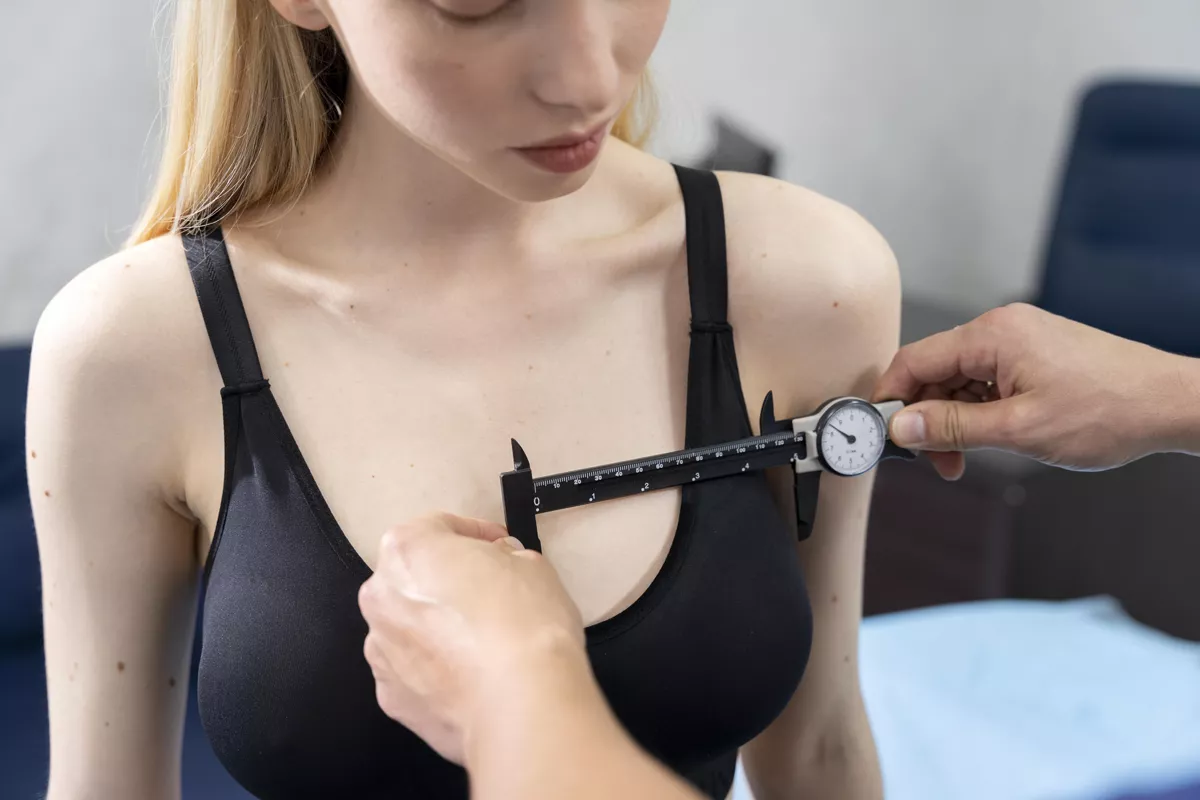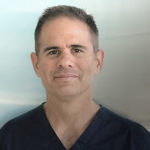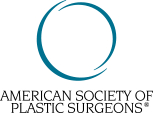
Posted by Laurence Weider on May 15, 2025
Breast implant surgery remains a widely performed procedure, but it is not without potential complications. One such complication is encapsulation, medically referred to as capsular contracture. This condition occurs when the scar tissue that forms naturally around a breast implant becomes abnormally tight or thickened, leading to various physical symptoms and aesthetic changes. Understanding the signs of this condition is essential for timely diagnosis and intervention.
What Is an Encapsulated Breast Implant?
An encapsulated breast implant results from the formation of a dense, fibrous capsule around the implant that contracts over time. This capsule is a normal part of the body’s healing process following implant placement. However, in some cases, it can harden or shrink, exerting pressure on the implant. This can lead to noticeable deformities, discomfort, or pain. The condition may affect one or both breasts and can develop shortly after surgery or years later.
Signs and Symptoms of Encapsulation
Identifying the early signs of capsular contracture allows for prompt evaluation and treatment. The following symptoms are commonly associated with encapsulated breast implants:
1. Increased Breast Firmness
A sudden increase in firmness of the breast, especially when comparing to the other side, may indicate capsular contracture.
2. Pain or Discomfort
Persistent discomfort in the breast area that is not connected to other known causes can be a symptom of encapsulation.
3. Distorted Breast Shape
If the capsule tightens around the implant, changes in breast shape such as an unnatural roundness or displacement, may occur.
4. Elevated Implant Position
An implant that appears higher on the chest than usual could be affected by a contracting capsule pulling it upward.
5. Limited Mobility of the Implant
Restricted movement or the sensation that the implant is “stuck” in one position may be a result of excessive capsule formation.
6. Rippling or Surface Irregularities
The presence of visible or palpable rippling on the breast surface, especially in individuals with thin skin, can be associated with advanced capsular contracture.
7. Change in Breast Size or Contour
Noticeable changes in the size or profile of the breast, especially if one appears significantly different from the other, may be a sign of encapsulation.
8. Palpable Lump or Hard Ridge
Feeling a defined ridge or lump near the implant site may indicate the edge of a hardened capsule.
9. Discomfort During Sleep or Physical Activity
Difficulty sleeping on the stomach or engaging in certain physical activities due to breast discomfort can also suggest capsule formation.
10. Psychological Impact
Psychological effects, such as reduced body confidence due to visual asymmetry or discomfort, may be indirectly linked to encapsulation.
Is an Encapsulated Breast Implant Dangerous?
Though it is not critical, an encapsulated breast implant can cause significant physical discomfort. The pressure exerted by the capsule can deform the implant or lead to its rupture. The condition may require surgical treatment, such as capsulectomy or implant replacement, if ignored.
Causes of Breast Implant Encapsulation
Capsular contracture may develop due to a variety of factors, including:
- Bacterial contamination during operation
- Blood accumulation (hematoma) or fluid (seroma) around the implant
- Smoking and poor healing of the wound
- Individual immune system responses
- Implant placement (subglandular placements carry a higher risk than submuscular ones)
Treatment Options
Management of an encapsulated implant depends on the severity of symptoms and individual patient factors. Treatment may include:
Non-Surgical Options
- Massage therapy: Sometimes recommended for mild cases to soften the capsule.
- Medication: Certain drugs, such as leukotriene inhibitors, may help reduce capsule formation.
Surgical Options
- Capsulotomy: Involves cutting the capsule to relieve tightness.
- Capsulectomy: Complete removal of the scar tissue surrounding the implant.
- Implant exchange or removal: Performed when damage or rupture has occurred, or to reduce the likelihood of recurrence.
A comprehensive overview of surgical interventions is available at Weider Plastic Surgery
Prevention Strategies
Although capsular contracture cannot always be avoided, several preventive measures can reduce the risk:
- Select a qualified, board-certified plastic surgeon
- Adhere strictly to post-operative care instructions
- Avoid tobacco use before and after surgery
- Consider implant placement under the muscle
- Discuss the pros and cons of different implant textures and materials with the surgeon
Conclusion
An encapsulated breast implant is a relatively common complication that can affect both the physical and aesthetic outcomes of breast augmentation. Recognizing early signs, such as increased firmness, discomfort, or changes in implant position is crucial for timely medical evaluation. Understanding the causes, treatment options, and preventive strategies can assist patients in managing this condition effectively.
At Weider Plastic Surgery in Dallas, Texas, we specialize in both surgical and non-surgical treatments, offering personalized treatment plans tailored to each patient’s needs. Whether you’re experiencing discomfort or simply want peace of mind, our team is here to help you make informed decisions about your breast health and overall well-being.
Call us at (972) 566-8444 to schedule a private consultation and receive expert care tailored specifically to your concerns.
Dr. Weider, a native of Southern California, is a Board-Certified Plastic Surgeon who has maintained a private practice in Dallas, TX since 1999. After attending Stanford University, he obtained his medical degree (M.D.) from Baylor College of Medicine in Houston. He then completed a one year surgical internship in Los Angeles at Harbor-UCLA Medical Center, followed by a four year general surgery residency in Dallas at Methodist Medical Center, and a two year plastic surgery fellowship in Cleveland at Case Western Reserve University.







